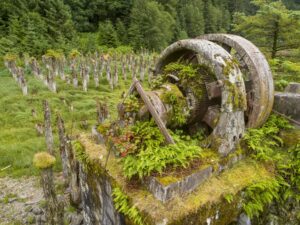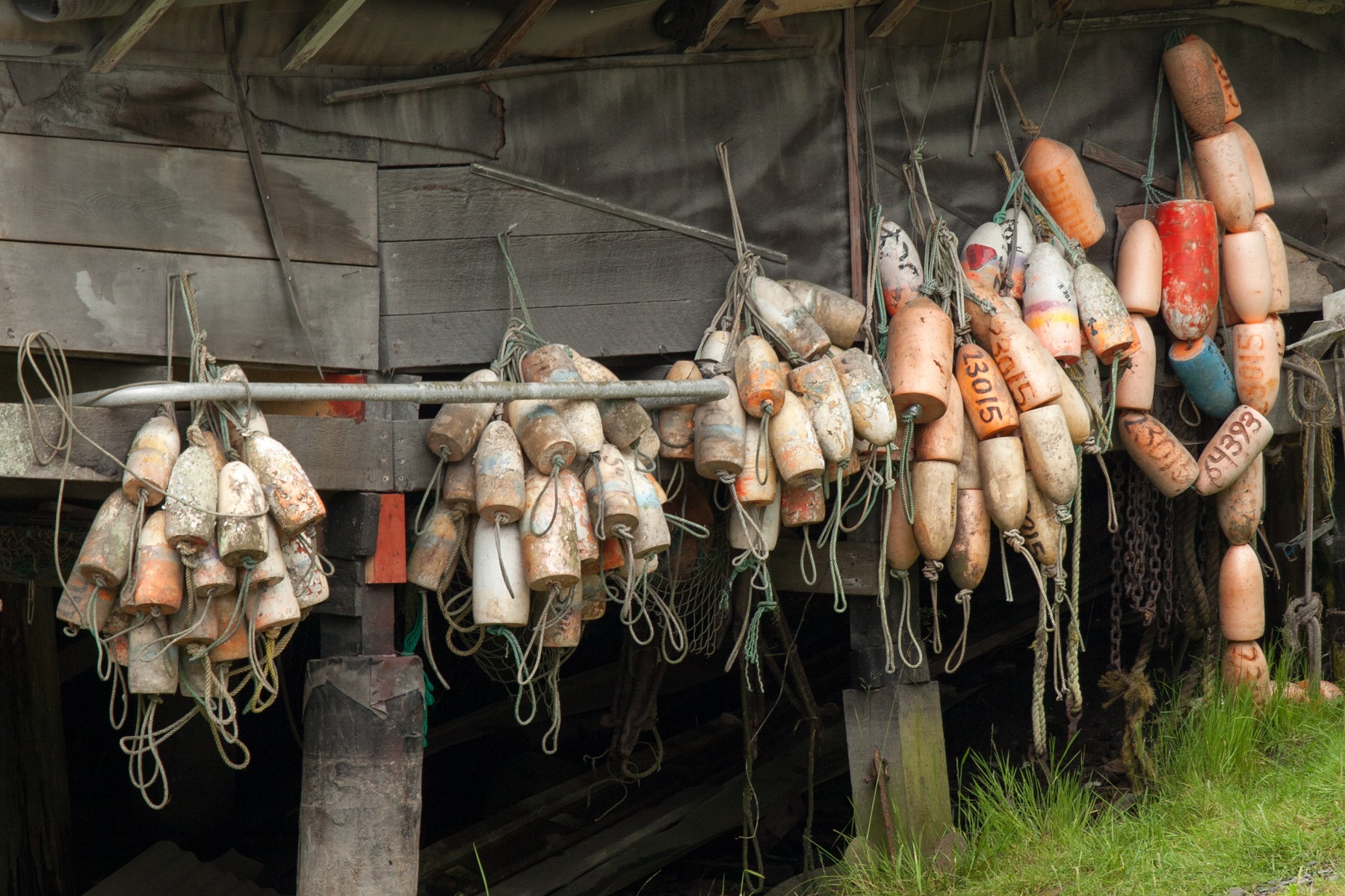Juneau
Since 1906, Juneau has been Alaska’s state capitol. Located in Southeastern Alaska on the Gastineau Channel. This coastal city shelters itself from the Pacific Ocean with a strip of islands. This community is nestled in between shorelines, snow covered mountains, and lined with glaciers and fjords.
History
The city of Juneau lies within the sacred land of the Auke and Taku. These indigenous peoples thrived on the abundance of the coast and used the peninsula as a burial ground. Fur trappers from Russia came in the later 1800’s to trade with the natives for furs.
Once word of gold struck in the early 1900’s, Joe Juneau and Richard Harris found themselves searching the Southeastern coastal area for these riches. This started the exploitation of the native people and the land they belong to. Chief Kowee of the Tlingit is said to be the one who pointed the prospectors to the gold and received little to no credit.
Juneau was home to three of the worlds largest gold mines at that time. (History) After a variety of tumultuous mining operations, WWII sealed the fate of many mine closures. Afterwards, Juneau merged with Douglas Island and formed the largest city at the time in 1970.

In Alaska’s state capitol you can explore the ruins of abandoned salmon canneries
Juneau Today
This city is one of only two city capitals in the United States that is not connected to the mainland by road. Hundreds of thousands of people travel to Juneau each year to visit. This happens by either boat or plane, there are no road ways in. Indigenous tribes still have ownership to sacred lands here and enjoy a central social hub for coastal Southeastern tribes.
Juneau is known for its art, culture, and awe-inspiring views of both coasts and mountains. Juneau Mountain overlooks the city below as tidal glaciers and giant waterfalls plunge into the ocean. The city is within a temperate rainforest climate and is often rainy with thick cloud covers. This kind of ecosystem provides vibrant life for both flora and fauna.
What to Do, Where to Go
A top attraction that Juneau is most notable for is the easy access to the Mendenhall Glacier. Many guided tours and possibilities for hands-on exploration are available to explore this notable glacier. Simultaneously, whale watching tours operate to give a look into the lives of migrating whales from the boat deck.
Additionally, there are a variety of museums to visit and local eateries that have reputations that span far beyond the city limits. Nearby trails help you connect with the natural areas and can take you to some amazing waterfalls and viewpoints. Juneau provides a mix of living and natural history, education, exploration, and the chance to learn and understand more about indigenous coastal culture.

